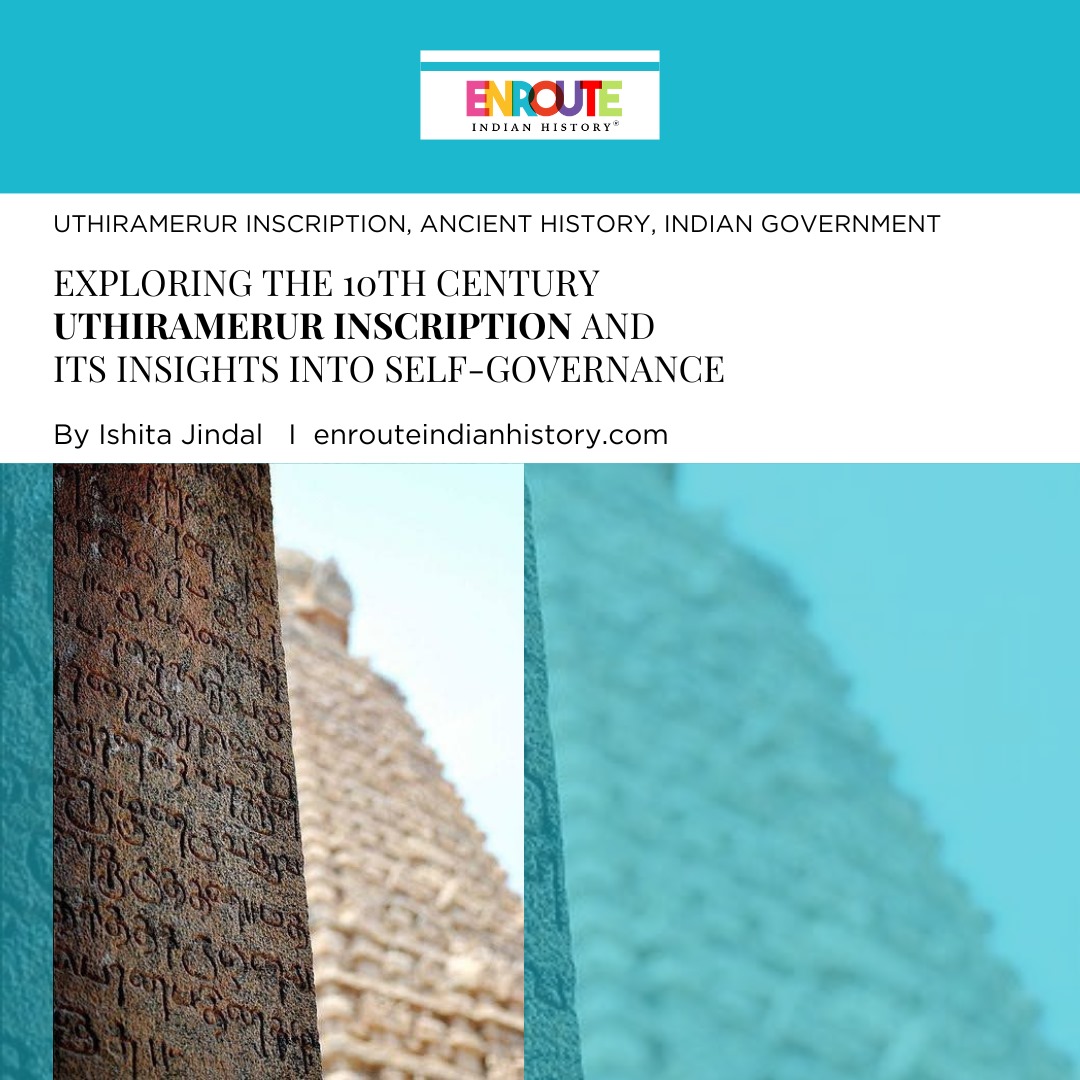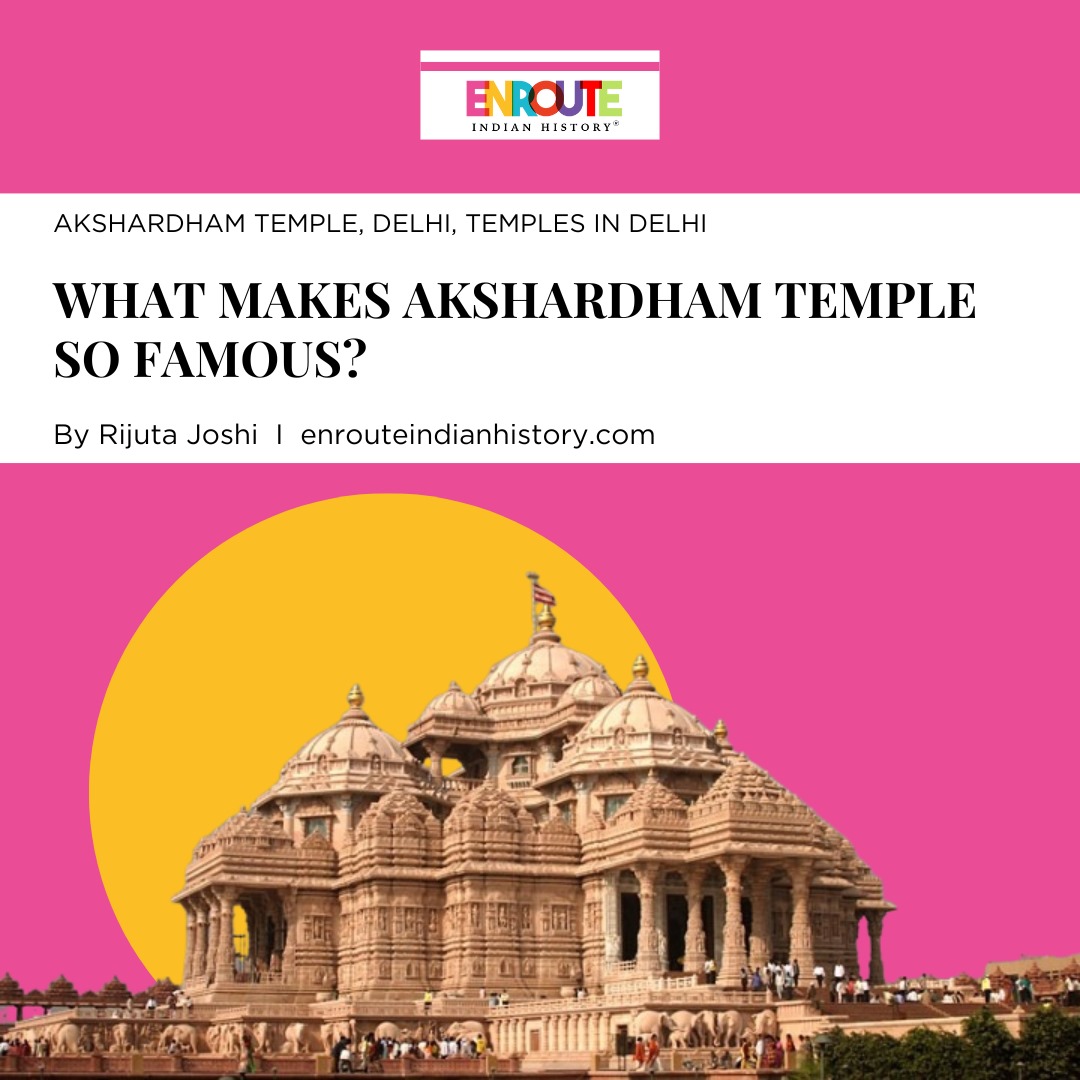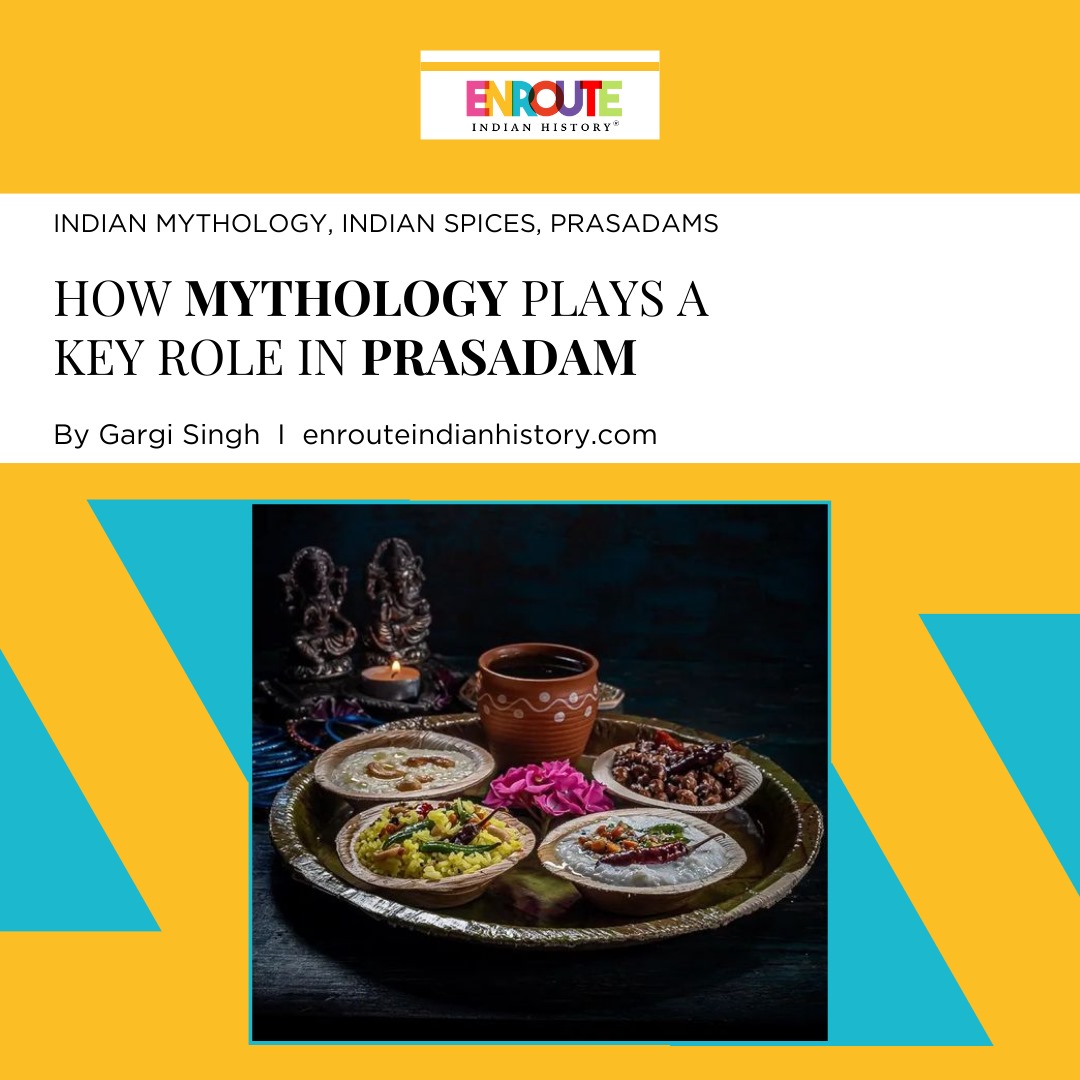THE GARDENS OF VERSE: UNVEILING GARDEN MOTIFS IN DECCANI POETRY
- enrouteI
- August 29, 2023

In the mesmerizing world of Deccani poetry, where verses are woven from the intricate threads of culture, self-expression and politics, one recurring motif stands out like an oasis in the landscape of words—gardens. While gardens have historically been prevalent in Islamic poetry, they garner great importance within the lyrical world of Dakhani Masnavis—emerging as more than mere description; they rise as profound symbols for love, paradise and the human condition.
To fully grasp the poetic fascination with gardens in the Deccani traditions, we must first explore the unique literary form of Masnavis. Masnavis are a genre of descriptive and narrative poetry in the Arabo-Persian literary tradition. Characterized by rhymed couplets and potentially limitless length, they offered the Deccan poet a canvas to combine history and storytelling. Furthermore, the beauty of the Masnavis lay in their ability to engage with themes and descriptions that, while somewhat alien to the Persian tradition, found a home in the Deccani landscape—scenes adorned with the vibrant hues of flowers and the comforting shade of trees.
Intriguingly, many authors laid out a correspondence between poems and gardens, wherein their structure and arrangements were linked to the spatial arrangements of gardens. In this perspective, a poem was seen as a garden, the poet a gardener with the task to nourish his garden to produce fruits and flowers of ‘meaning’. They claimed that blooming climbers enhance the dimensions of a garden, just like idiomatic expressions enhance poetic expressions. As Nusrati expressed, his masnavi was ‘woven with the flowers (of noble thoughts) from his garden that, through His Grace, God has brought into bloom.’ They also discerned similarities between the garden and a page where the watercourse that divides and borders gardens is seen as mirroring the margins of an illuminated page.
The recurring proliferation of gardens in Deccani Urdu poetry is significantly influenced by Persian and Islamic traditions. They are inspired by the Quranic paradise, which envisions gardens as places of tranquillity—well-enclosed, illuminated and with space for restoration. All Islamic gardens on earth are viewed as celestial—a prelude and reflection to the Jannat al-Firdaus (paradise gardens) mentioned in the Qur’an. The poetry also embraces the elements of Sanskritic Poetic tradition, especially the art of idiomatic expression, which was believed to be akin to the ‘Indian trellis-climber ascending the sky’, adding depth to the symbolism of gardens. As described by the poets, the Deccani Urdu poetry, therefore, is Persian in style but imbued with the essence of Hindustan.
Symbolism
The gardens in Urdu poetry take a multifaceted role, employed as vessels of symbolism that resonate with a plethora of themes. Among these themes, one of the most prominent and enduring is the interplay of light and dark. The imagery is dominant in the description of gardens, where each image is bathed in colours, intricate light patterns and the ‘sparkle of the scent.’ These discussions were prevalent and symbolised the profound anxieties of civilisation and the perpetual conflicts between the natural and constructed world. These metaphors contrast the oblivion of the wild, untamed forest with the safety of the built environment—where the well-illuminated Quranic gardens are put against the forests of darkness—with mountains, valleys and wild beasts.
Moreover, the garden emerges as the canvas upon which the hues of existence are painted. They were often portrayed as analogous to the world—a microcosm of the ‘ordered whole’ that parallels the universe and man.
This Persian poetic form, once planted in the fertile Indian soil, found its true expression in ashiqiyya masnavis (romantic masnavis). One example is Gulshan-I ‘Ishq (the garden of love), authored by Nusrati, where the garden evolves as an allegory as it progresses through various types, each based on the conception of love. It talks about a quest for love by Manohar for his beloved Madmalati. Here, a well-maintained garden symbolises a worldly order and harmony—achieved by the fulfilment of love. In contrast, a neglected garden is a haunting emblem of the chaos erupting from losing love, its foliage now overrun by the weeds of desolation.

Prince Candersen in the “neglected” garden of Dharmnagar (Source: Artibus Asiae)
Within this landscape, we come across the Garden of Union, a realm submerged in light and perfume. It does not play second fiddle but proudly challenges the Quranic paradise as a rival. Even the angels yearn to be let in. Each flower conceals the spells of witchcraft, pushing lovers into a trance and turning them into lunatics, a testament to its bewitching beauty. The mention of such gardens sometimes insinuates erotic elements. For example, Sab Ras, a two-layered allegory consisting of a quest for love which also symbolises the path of a Sufi through the world, mentions:

Prince Candersen in the “neglected” garden of Dharmnagar (Source: Artibus Asiae)
Prince Candersen, stricken by love for Campavati, falls in Prince Manhar’s arms. (Source: Artibus Asiae)
(Notice how the garden in the picture is flowering, symbolising the new blooming love between the protagonists.)
Gardens, however, are not restricted to poetic and romantic expression but also find mentions in the literature with political undertones. Nusrati’s other mathnawi, Ali Nama, is mainly concerned about Adil Shah’s military struggles to safeguard Bijapur from the encroachments of the Mughals and Marathas. The poem is a detailed political, cultural and historical retelling of the great battles and the richness of the royal darbars anticipating or celebrating victories.
He fervently highlights the strength and splendour of the Bijapur state and employs highly detailed imagery of lavish gardens symbolising the state’s hopes. He praises the fertility of the land, describing its rich and brimming baulis and hawd, the diversity of the garden produce and their extent. He pays particular homage to praise the indigenous plant species of the homeland, extensively comparing them to the vegetation of the Mughal lands. The forest garden near Badnur Fort, contested between Marathas and Bijapur, is described, and its foliage is discussed in detail. He also draws metaphors from the battlefield; a flower becomes a shield, and a bud transforms into a mace.
As Ali Nama unfolds, it proves itself as a masterfully descriptive work, weaving metaphors from the illuminated garden palace and the world it mirrors. When young Adil Shah is crowned in its descriptions, garlands and crests adorn the phulbari, and the fragrance of each flower surpasses the best perfume productions of the time. When the Sultan walks into the assembly, the world of the garden is reborn—rich with flowers and fruits—and abundance reigns. The poet claims that these paradisical havens only existed within Bijapur; the ones outside the city walls were destroyed due to the looming Mughal siege. The idyllic lifestyle he was selling could only be savoured within the protective embrace of the walls of a city ruled by his patron.

Sultan Ibrahim Adil Shah II Khan Hunting with a Hawk by Farukh Beg (Source: Art History Project)
Conclusion
The scented gardens of Deccani Urdu poetry are a happy, harmonious world, redolent with ‘attars of the chaman’ and the ‘spice of mandwa’, the fragrance of forest foliage—they are considered to be both gulshan and phulban. However, their relevance was more than their aesthetic appeal—they were vessels of profound metaphors and represented a complex interplay of culture, history and the human condition. They evolved as a setting to express the progress of love, the grandeur of a kingdom, the birth of a prince or regal coronation, triumphs in battles and the hope they carry, a tranquil pause in a journey, or the beginning of time in a year. The also prove to be an effective means for expressing political opinions and fostering feelings of patriotism,
They stand as evidence of the power of nature and gardens in influencing and moving different facets of human experience and expressions in Deccani literature.
References
- Husain, Ali Akbar. “Scent in the Islamic Garden.” A Study of Deccani Urdu Literary Sources. Karachi/New York (2000).
- Gaeffke, Peter. “The Garden of Light and the Forest of Darkness in Dakkinī S̱ūfī Literature and Painting.” Artibus Asiae (1987): 224-245.
- Husain, Ali Akbar. “Reading Gardens in Deccani Court Poetry: A Reappraisal of Nusratī’s Gulshan-i ‘Ishq.” In Garden and Landscape Practices in Pre-colonial India, pp. 148-158. Routledge India, 2020.
- Gharipour, Mohammad. Persian gardens and pavilions: Reflections in history, poetry and the arts. Bloomsbury Publishing, 2013.
- Husain, Ali Akbar. “The Courtly Gardens of ‘Abdul’s Ibrahim Nama.” Sultans of the South: Arts of India’s Deccan Courts, 1323 1687: 82-89.
Pictures
- Gaeffke, Peter. “The Garden of Light and the Forest of Darkness in Dakkinī S̱ūfī Literature and Painting.” Artibus Asiae (1987): 224-245.
- “Sultan Ibrahim Adil Shah II Khan Hunting with a Hawk.” n.d. Art History Project.
- April 4, 2024
- 7 Min Read

























